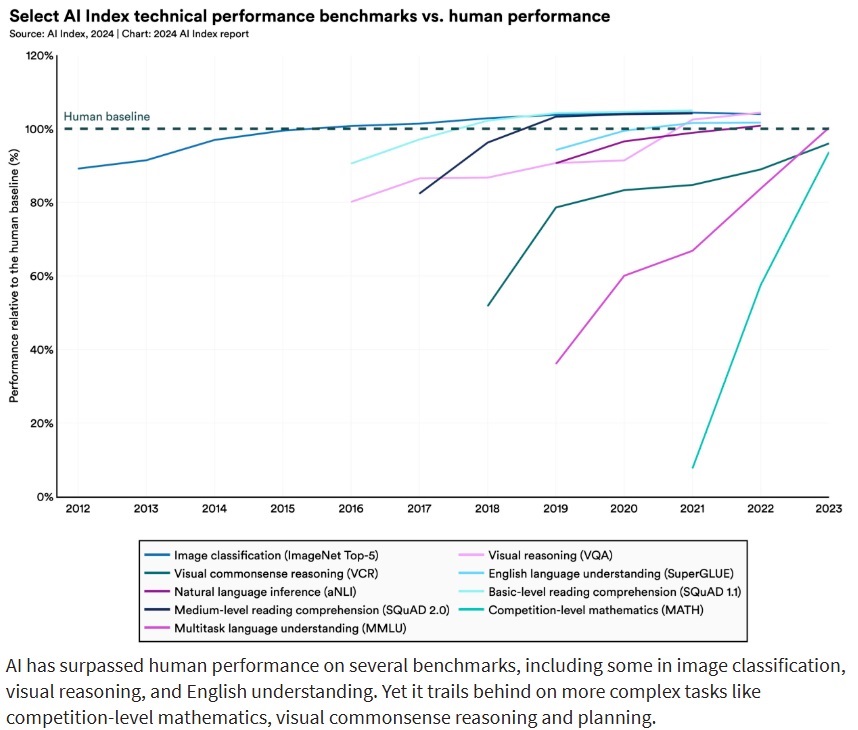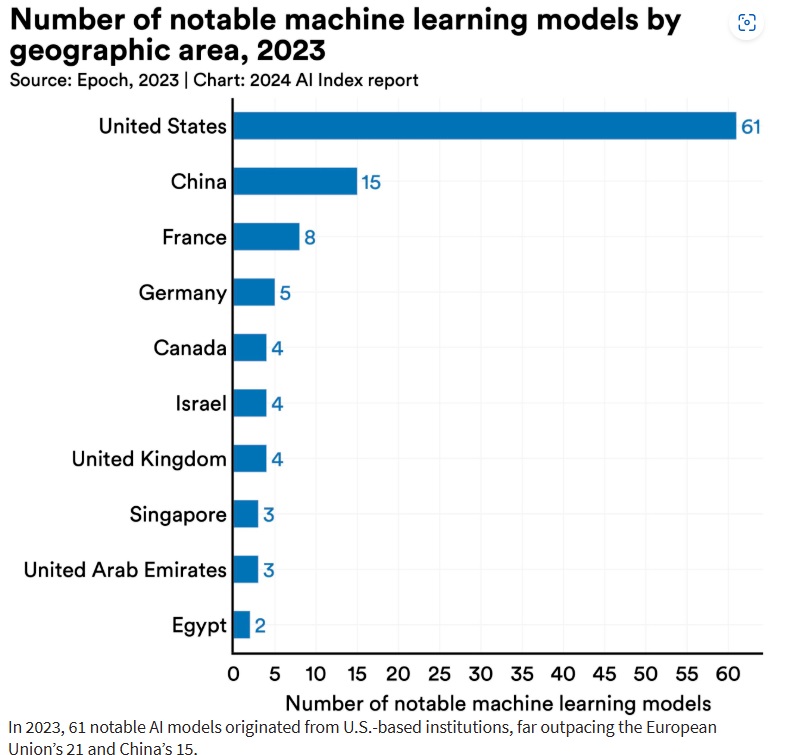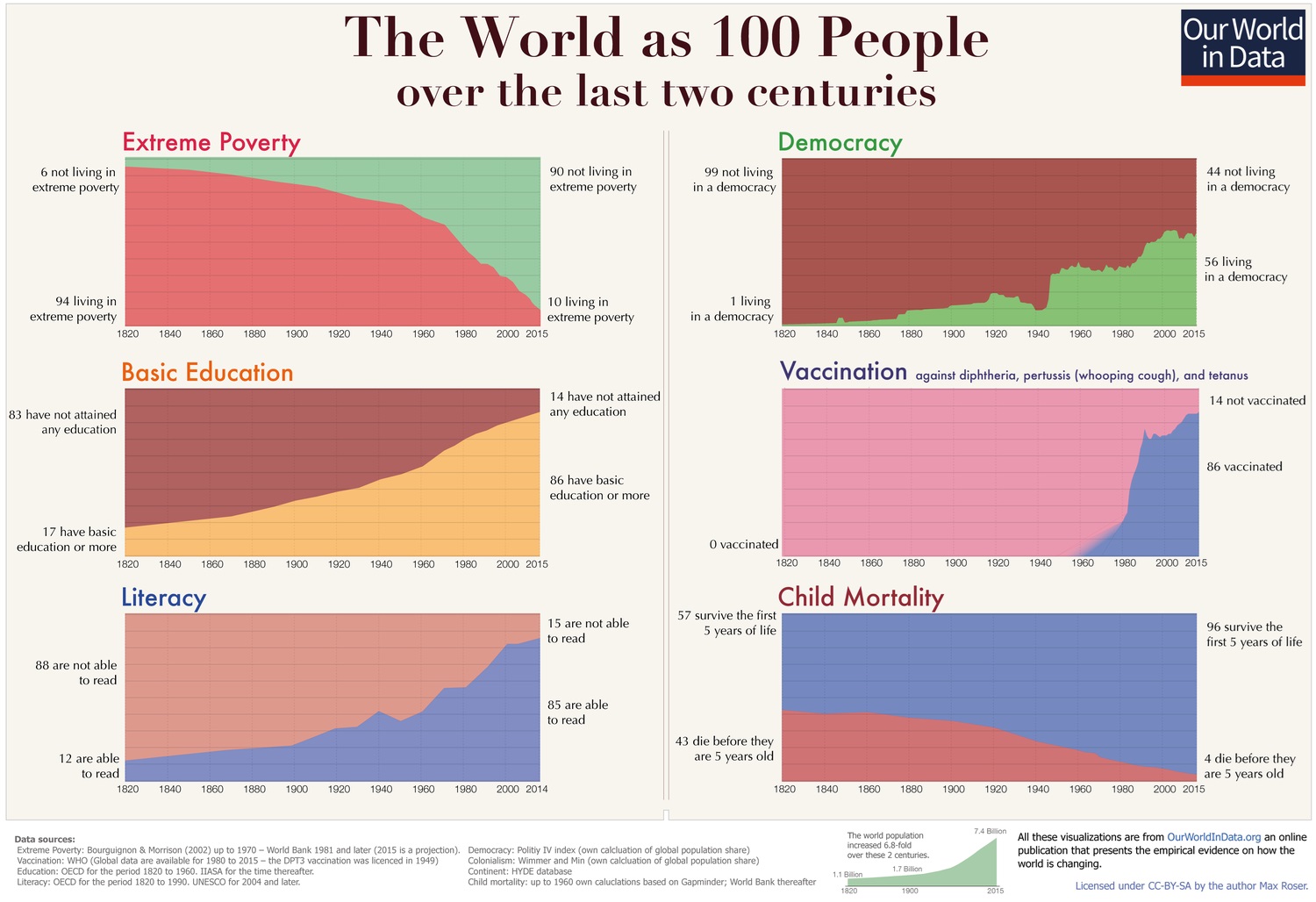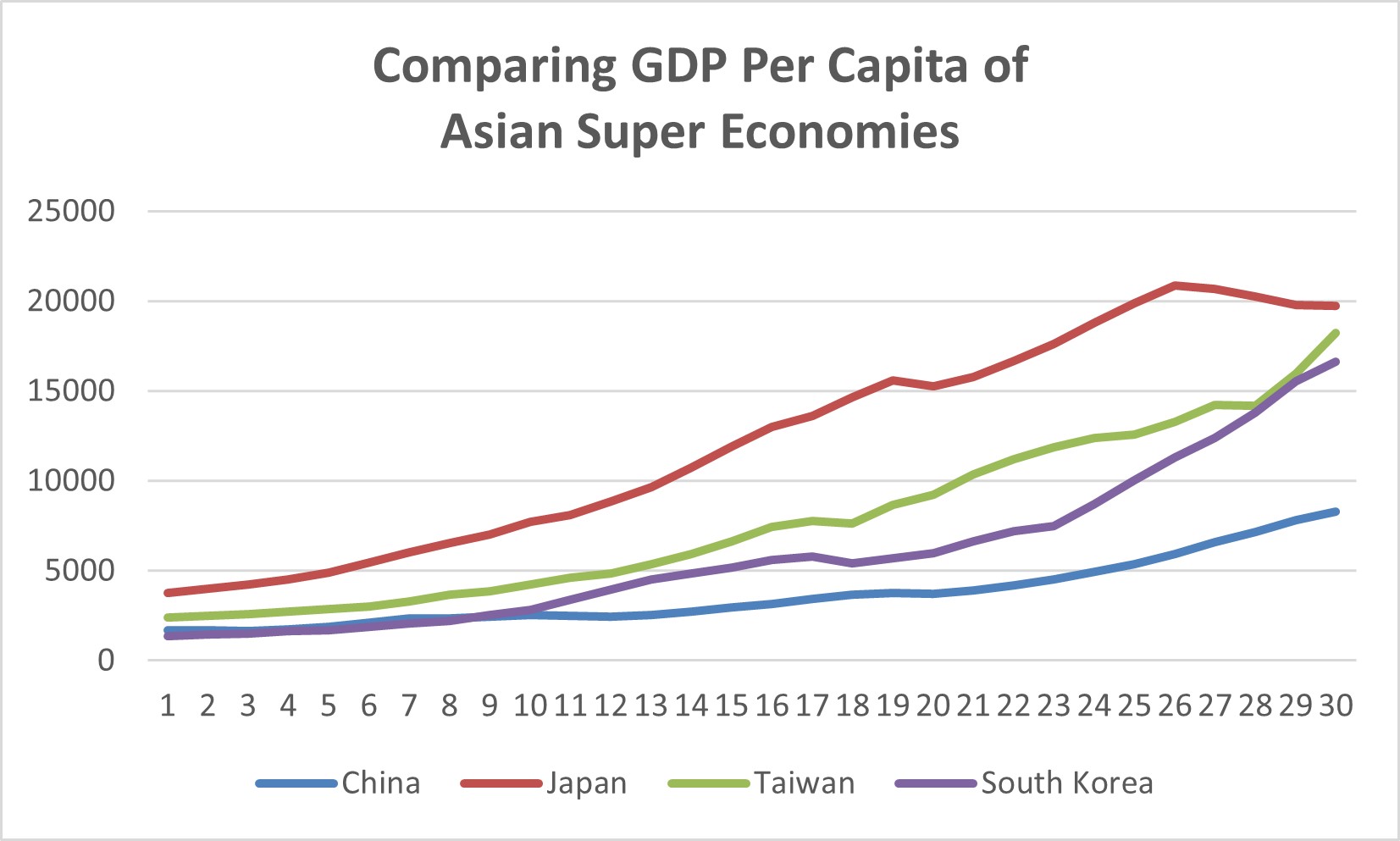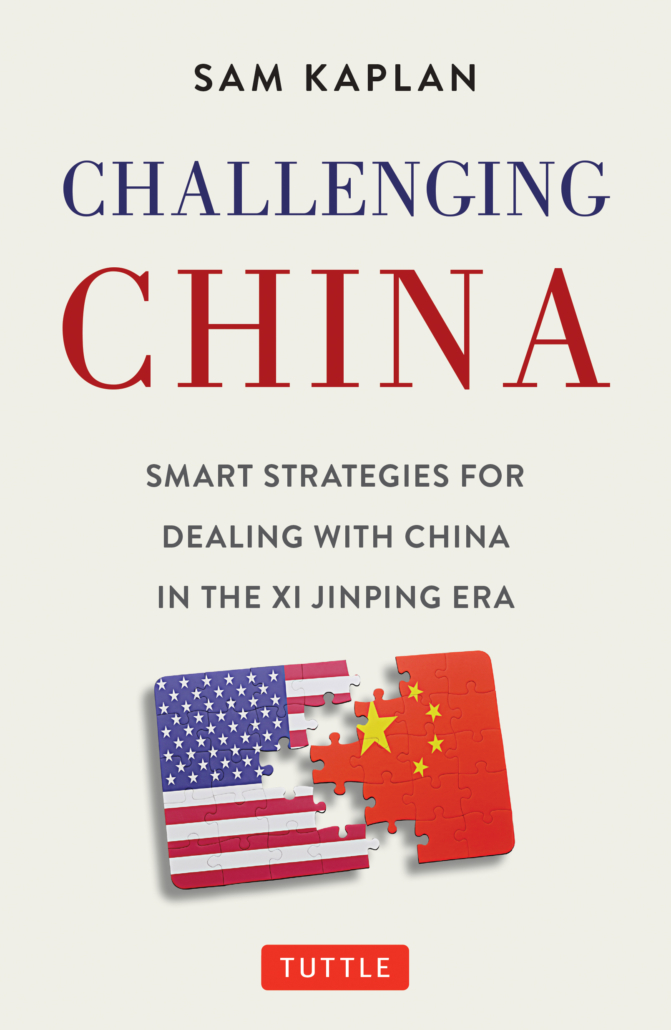We can report with machine precision that Astra Lumina is by far the lamest thing we saw in 2024 and probably this century. It was so lame that when we asked the International Need to Know spouse how much we paid for the tickets she refused to answer. We do know parking was $17 and it would have been better for all concerned if a Cybertruck ran us over as we exited our car. What is Astra Lumina, you might ask? It is advertised as “an immersive night walk experience that uses light, scenography, original soundscape, and projection to spark emotion and plunge visitors into an imaginative world.” In reality, it is metal poles with some lights installed in them, a few lanterns hanging overhead, all of which give the impression that we constructed them ourselves in a drunken haze in our backyard during a weekend bender. The words in the digital guide map were full of artificial deepness and often had no meaning at all. Take, as a random example: “What if we could guide the stars back into the sky? Imagine the wonders we could spark?”
Imagine the worst, most cringe writer in the world and you have the essence of Astra Lumina. It is as far away from a Bob Dylan lyric as you can get as we were reminded while watching young Dylan depicted in A Complete Unknown. Unlike Astra Lumina the movie transports you to a different world—early 1960s New York City—and the birth of a true star. I’m Not There is the superior depiction of Dylan’s contradictory multitudes, but A Complete Unknown boasts wonderful music, strong acting, and an honest portrayal of Dylan’s difficult side, as well as Pete Seeger’s sanctimonious tendencies.
Dylan said of Jimmy Carter, who passed away this week, “He’s a kindred spirit to me of a rare kind, the kind of man you don’t meet every day, and you’re lucky to meet if you ever do.” Carter, whose post presidency is overrated (which is not to say it was not productive and good), had an underrated presidency (which is not to say it was not flawed). Thanks to Carter’s deregulations we fly cheaply and can drink craft beer, among many other things. And, as we pointed out in Challenging China, Carter inserted human rights into US foreign policy to good and productive effect. So, while we can’t guide stars back into the sky, we do talk about the state of AI, examine progress during stormy times, and compare China to the Asian Tigers. It’s this week’s International Need to Know, twelve misty mountains of international information, six crooked highways of global data.
Our introduction is already too long but after we wrote the above, the attack in New Orleans took place. We are too angry–about the attack AND some of the reactions to the attack–to comment logically here. Long time readers know our love for New Orleans, to which we are looking forward to returning in April. RIP to the victims of yesterday’s attack.
Without further ado, here’s what you need to know.
Hal Cometh
Last year there was much talk that AI progress had plateaued. But near the end of the year, a host of breakthroughs erupted, including OpenAI’s o3. Unlike traditional models that provide instant answers, o3 is deliberative, taking its time to answer complex questions while relying on expert prompts. In our day-to-day life, we use AI more and more for everything from Internet searches, building Excel spreadsheets, analyzing large volumes of qualitative data and much more. Stanford’s 2024 AI Index Report attempts to provide an understanding of where AI is today. In their first chart below you can see how AI performs various tasks compared to humans. In almost all areas, AI nearly matches human capacity. However, AI is prone to hallucinations (perhaps its most human-like trait). So, AI is a powerful tool but much more useful in the hands of one who knows the nails and board well. AI has already changed our world and has a real chance of transforming it in the coming years, if AI continues to progress, which is not a certainty. Note in the second chart below that advanced AI is mostly a U.S. and China game with a few European countries trying to grab a few tokens.
Will AI continue to advance? We don’t know. But here is interesting speculation from Will Bryk, CEO of a chip lab, on what progress might mean for our world. One thought Bryk has: “Is this gonna kill everybody? I’m more scared of humans using AI badly than the AI going rogue.” Here is a wager between two experts on where AI technology will be in two years (will the loser no longer be an expert?). In our estimation, AI is one of the six big issues that will determine what our world will look like in the coming years. Our wager is that these six issues will mean a world that looks startlingly different from today.
In Darkness There Is Light
We are at a particularly impactful and perilous moment in history. We don’t have room this week to detail all the dangers we face—that would require a movie longer than The Brutalist. Fortunately, Philip O’Brien has an excellent piece this week about one of the dangers: how the Russia – Ukraine War has taken on a global dimension. But amidst all the difficult circumstances and trends, progress continues. This has been true since the beginning of the Industrial Revolution, when economic growth took off, and thus so too improvements in human life, including health, education, infant mortality, leisure time, life expectancy and much more. Even in the Great Depression, even during world wars, significant progress was made in medicine, technology, and other fields. That is just as true today during the current dangers. Progress continues, as evidenced by Egypt eliminating malaria this year. The World Health Organization (WHO) certified Egypt malaria-free. Or as WHO head Tedros Adhanom Ghebreyesus puts it, “Malaria is as old as Egyptian civilization itself, but the disease that plagued pharaohs now belongs to its history.” There are still lots of countries who need to eradicate malaria, but given the world will continue to progress, even during times of war and other disasters, we bet many more Egypts are in our future.
China Corner: Japan/South Korea/Taiwan > China
China’s economy has slowed. While its leaders will claim GDP growth of over 4 percent in 2024, the actual growth rate is likely far lower. China, as we’ve been arguing for years, including in our book, has exited the fast growth era of its economy However, even during its fast-growth period, China did not perform as well as the Asian Tigers and Japan. During their rapid growth periods, Japan, Taiwan, and South Korea achieved higher GDP per capita levels than China did during its own. Taiwan grew its GDP per capita by a factor of ten from 1950 to 1980. South Korea grew by just over a factor of ten during the 30 years from 1970 to 2000. China’s GDP per capita grew by just over fivefold—roughly half that of South Korea. This holds true for any 30-year period starting from 1979, when China began its economic reforms. Of course, China is a much larger country than these others so perhaps it’s not fair to compare GDP per capita. China’s developed regions, particularly its major cities, are much closer in economic performance to other Asian countries and the so-called West than the country as a whole. Of course, that’s also true for Japan, Taiwan and South Korea. Tokyo’s GDP per capita is much larger than Japan as a whole. And as we said, China has been overstating its GDP growth for about a decade, meaning its actual performance is likely worse than what the chart below indicates. Besides population size, another big difference between these countries is Japan, Taiwan and South Korea all democratized as they grew economically. China has done the opposite. Regardless of size, China should consider taking that step.

